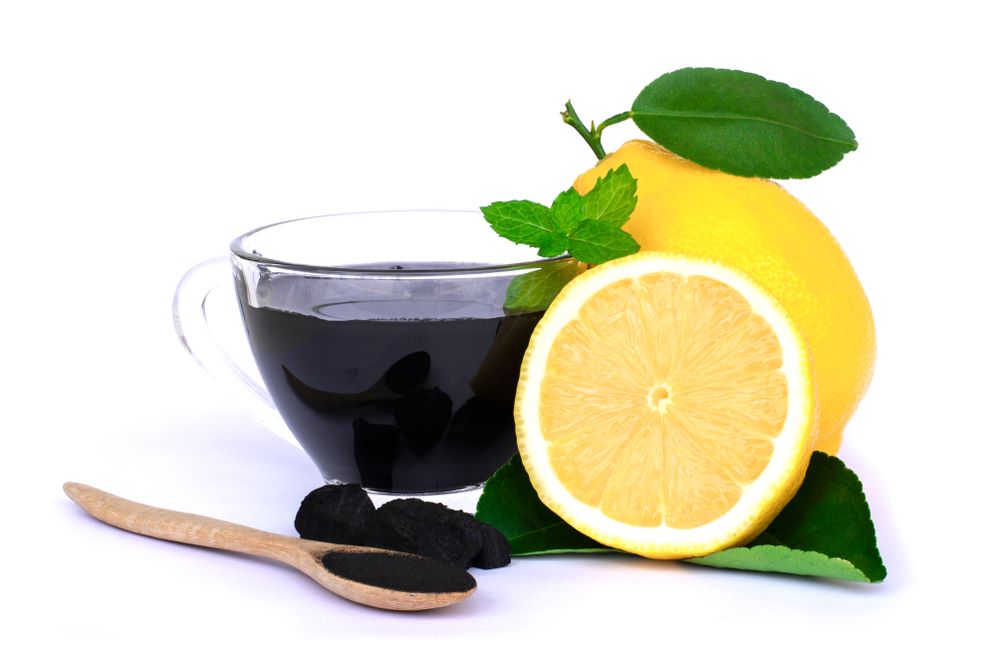Our Products
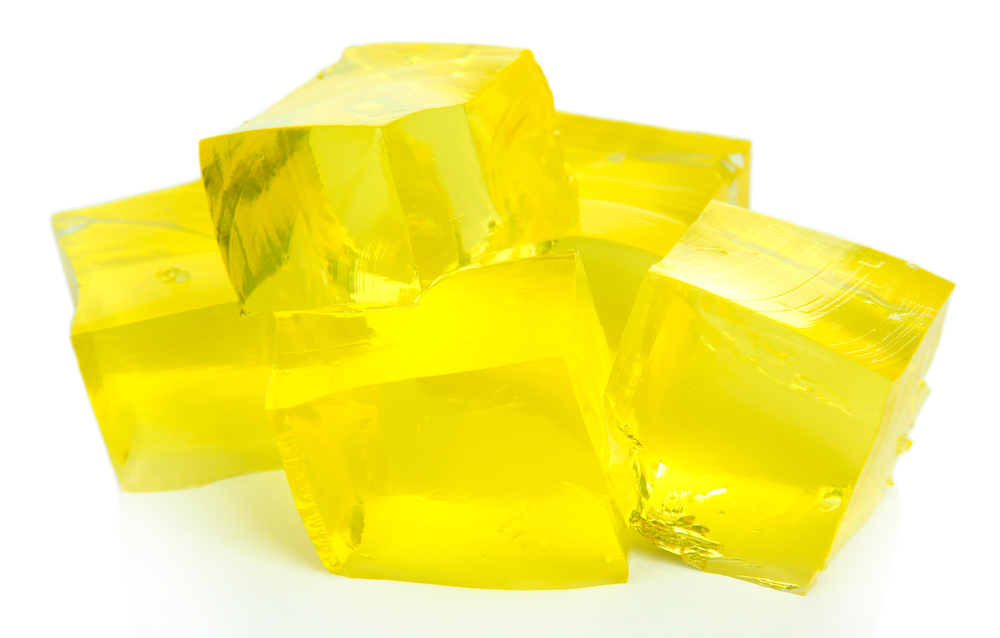
Gardenia Yellow
Gardenia yellow pigment is a natural color products, extracted from fruits of Gardenia jasminoides Ellis. The colorant ranges from bright yellow to brown powder with a slightly sour odor. Gardenia yellow’s main coloring agent is crocin.
The crocin yellow color sometimes turns to green when used in food made of flour or fermented food. This is because of geniposide, a type of iridoid glycoside that becomes blue via enzymatic reaction. The blue color and crocin yellow color combine to form a green flavor.
The RIKECOLOUR YG series uses a color method in separating Geniposide extracted under consistent production. Therefore, the food color will not change to green. Instead, it will have a fixed-quality yellow color. Gardenia Yellow is bright and golden yellow in color when in aqueous solution, and has a strong tinting ability. The main composition of the colorant is crocetin and crocin, which are soluble in water carotenoids.
Lutein
Carotenoid lutein is a natural color products extracted from marigold flowers that are grown in commercial plantations. Lutein is found in high amounts in green leafy vegetables such as kales, spinach, and yellow carrots. It is also extracted from marigold flowers. Just like other carotenes, lutein offers health benefits as it is a robust antioxidant product used in functional foods.
When it comes to carotenoids, they benefit from specific processing strategies that involve incorporating antioxidants and specialized packaging. Lutein composes of a long, conjugated carbon chain that has cyclized end groups.
The yellow color of the product is due to the light absorption of the conjugated chain. The long-chain also results in color degradation because of light and oxidation. The product is permitted in European Union countries as a food colorant.
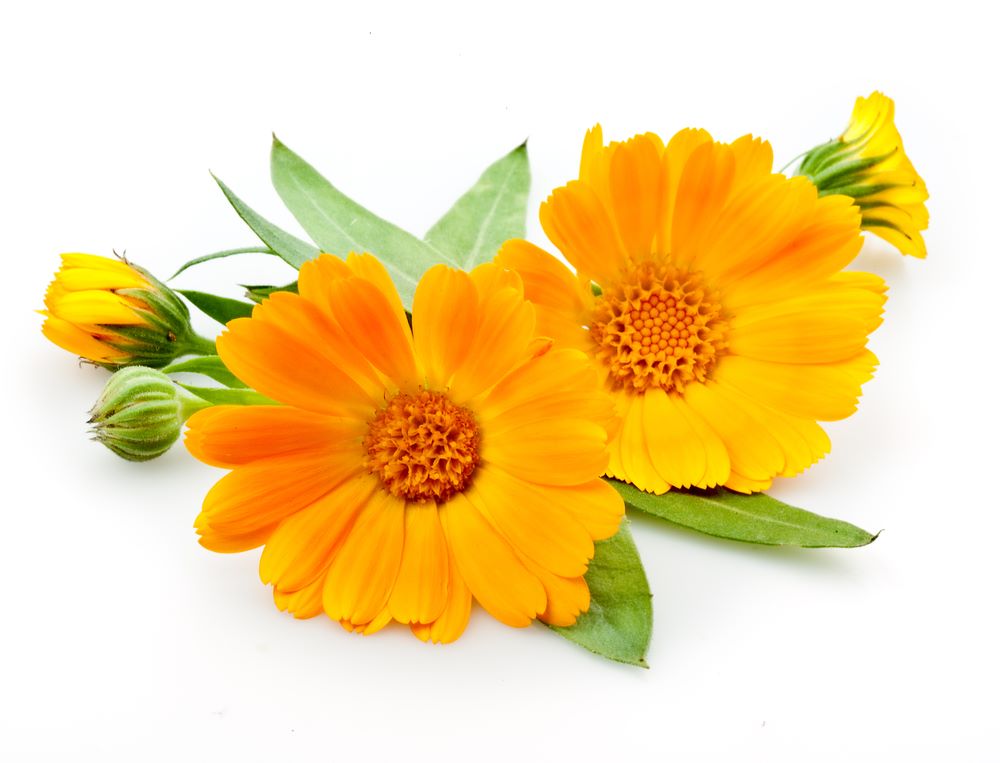
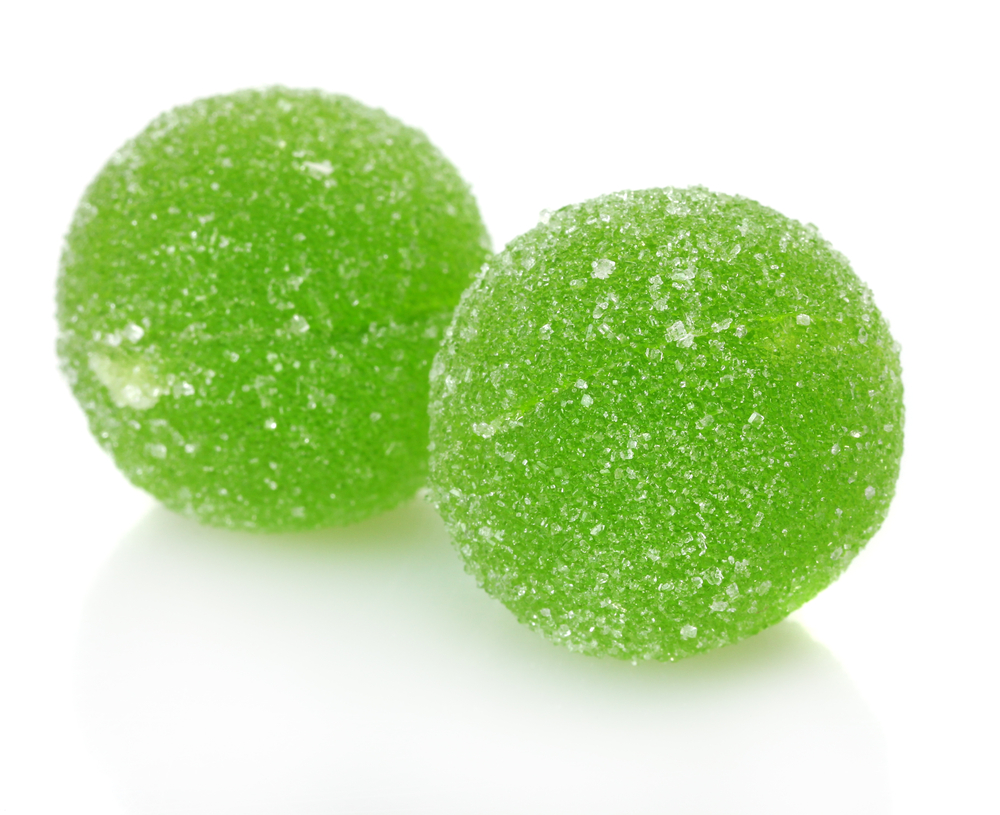
Gardenia Green
Gardenia green is a natural color products and a mixture of blue gardenia color with yellow gardenia color. The blue color is extracted from gardenia fruits, while the yellow color is generated from an enzyme treatment. The colours range from green to dark green powder, a blend of gardenia yellow and gardenia blue.
The gardenia green pigment is a natural edible colorant from the Rubiaceae plant gardenia fruit. Its main composition includes crocin, and crocetin. Its color tone remains unchanged, even when it is heated for thirty minutes at a temperature of eighty degrees Celsius. The colorant is available in a range of colors from light green to moss green.
Sodium Copper Chlorophyll
Chlorophyllin is a group of closely related water-soluble sodium copper salt, which are semi-synthetic products of chlorophyll. Plants such as nettle, spinach and typical grass are some of the raw materials used in the extraction of chlorophyllin.
The extracts from the plants are stabilized, causing displacement of magnesium from molecule core, and substituting it with copper. This forms a water-soluble colorant known as sodium copper chlorophyllin. Copper chlorophyllin is a permitted food colorant in European Union countries.
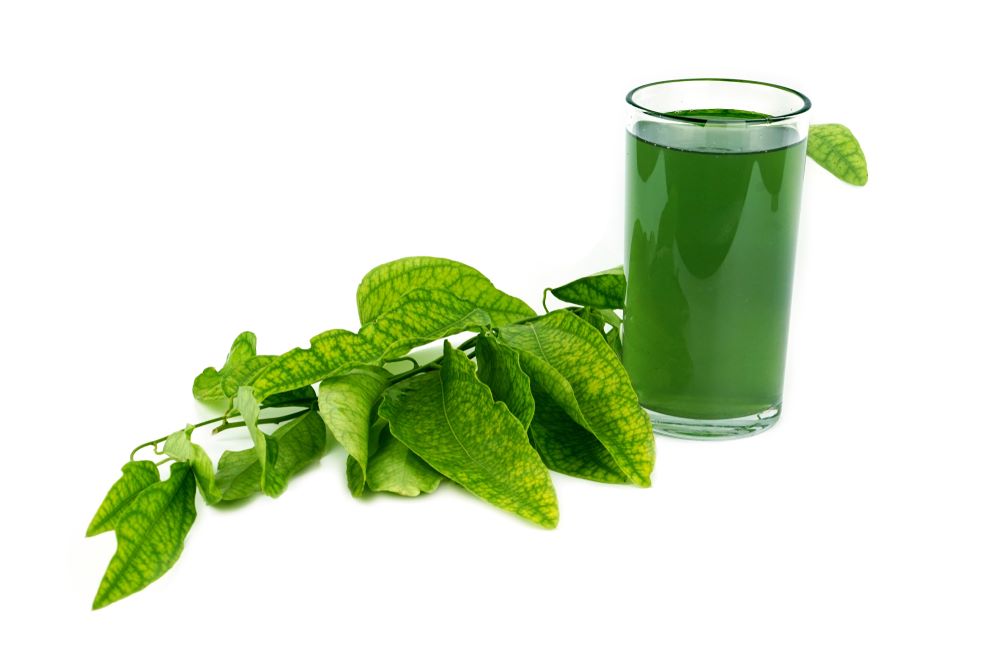
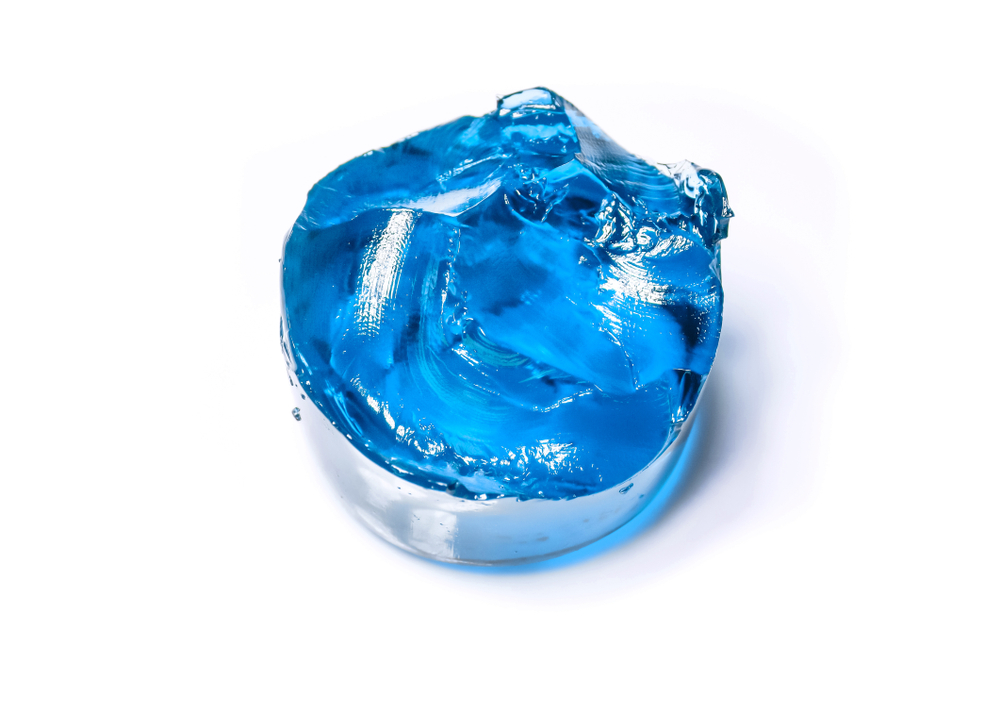
Phycocyanin
Phycocyaninis a filamentous cyanobacterium that is blue-green natural color products. It naturally occurs in marine and freshwater habitats. Spirulina has chlorophyll and phycobilins that absorb sunlight for photosynthesis. The phycobilins in Spirulina are known as phycocyanins. The phycocyanin with chlorophyll gives the Spirulina the blue-green color.
The U.S. FDA amends its color additive regulations, to offer a safe utilization of the Spirulina extract from dried biomass of cyanobacteria Arthrospira platensis, as a color additive in chewing gum and candy. This action was in response to the petition made by Mars Inc. in January 2012.
The primary pigment in Spirulina is the phycocyanin ppowder, which imparts vibrant blue or cyan that most manufacturer will notice the Spirulina color extract in this shade. According to the FDA, the amount of color additive in foods is self-limiting hence no need for specific upper limiting phycocyanin content. As a result, FDA limits utilization of phycocyanin color in chewing gums and candy to an amount consistent with good effects.
Gardenia Blue Color
Gardenia is a plant that belongs to the Rubiaceae family native to China. The Gardenia fruits and plant parts have been part of the East Asian folklore cultures for years. Its flowers are ornate and are used for decorative reasons. The gardenia blue color is a natural food color from the fruit of Gardenia jasminoides Ellis, obtained from biological fermentation.
The gardenia fruit has three major water-soluble components, crocins, flavonoids, and iridoids. They are used in the color industry to impart blue and yellow shades. East Asia countries approve and use gardenia colorants as an edible food color. Gardenia colorants have high thermal stability, light, and PH range. When there is change in PH, the colorant does not change its tonality.
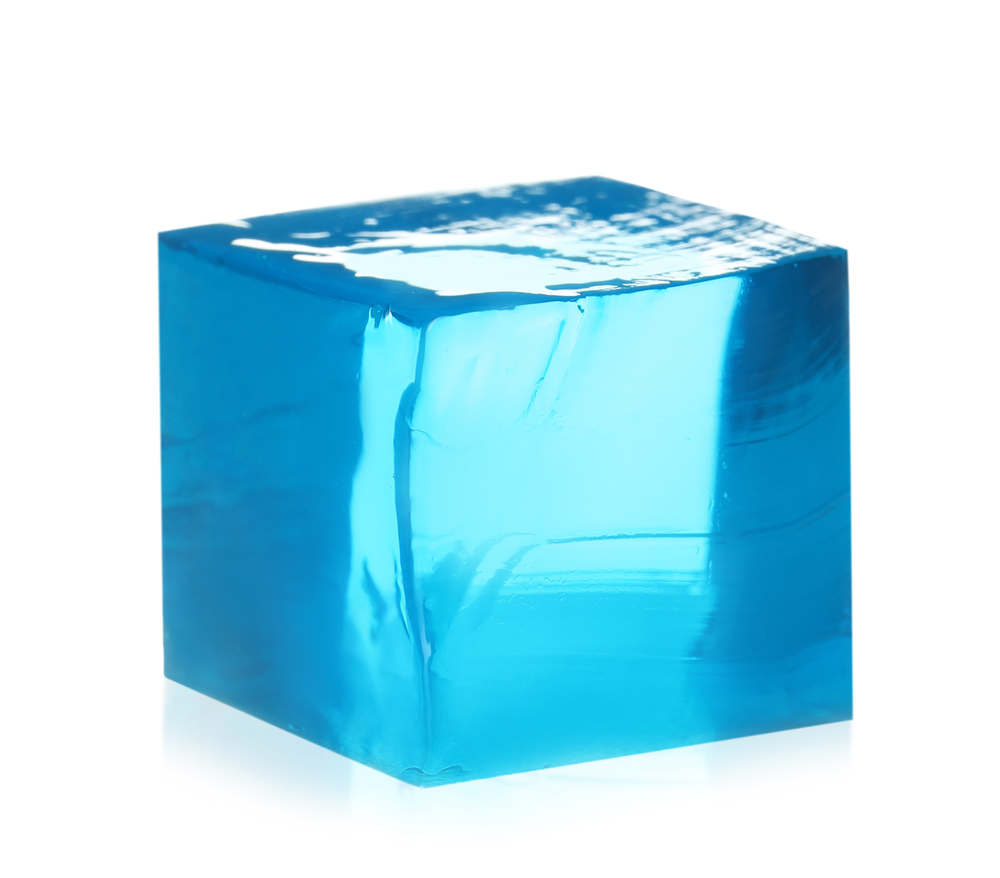
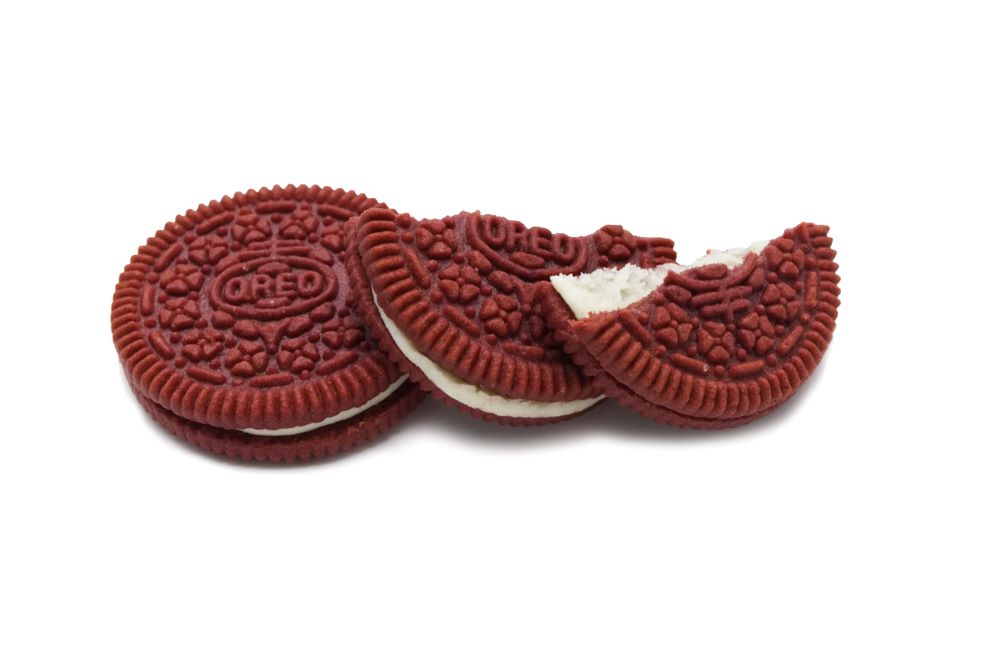
Monoscus Red Color
The Monascus Red is a species of mould purplish-red in color. It also has a few common names such as red yeast rice pigment,red kojic rice,monascorubrin,rice kernel discoloration, maize silage mould, corn silage mould. During its growth, the Monascus spp. breaks down starch substrate hence forming pigments, which are produced by secondary metabolites.
The pigments structure is dependent on the type of substrate and the specific factors, such as temperature, moisture content, and PH, during culture.
Beet Red Color
The Beet Red Color is obtained from consumable beets. Beets are plants cultivated mainly for the importance of their roots. They originated from a wide species of beets which are found in Asia,North America, and coastal regions of Europe. Different sorts of beets include:
• Sugar beet
• Forage beet
• Chard
The red color is extracted from betanin which is found in beets. The beet-red color is a combination of anthocyanin and beet yellow color. It is rich in dietary fiber, iron, calcium, manganese, potassium along with other nutrients. The color is dependent on the pH.
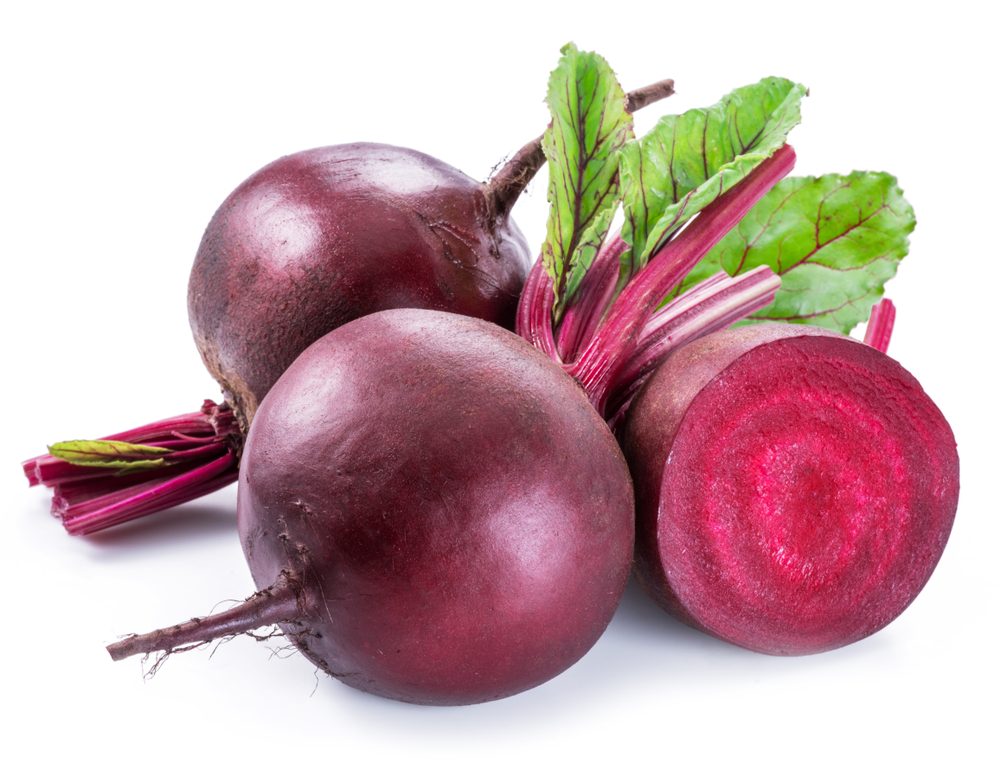
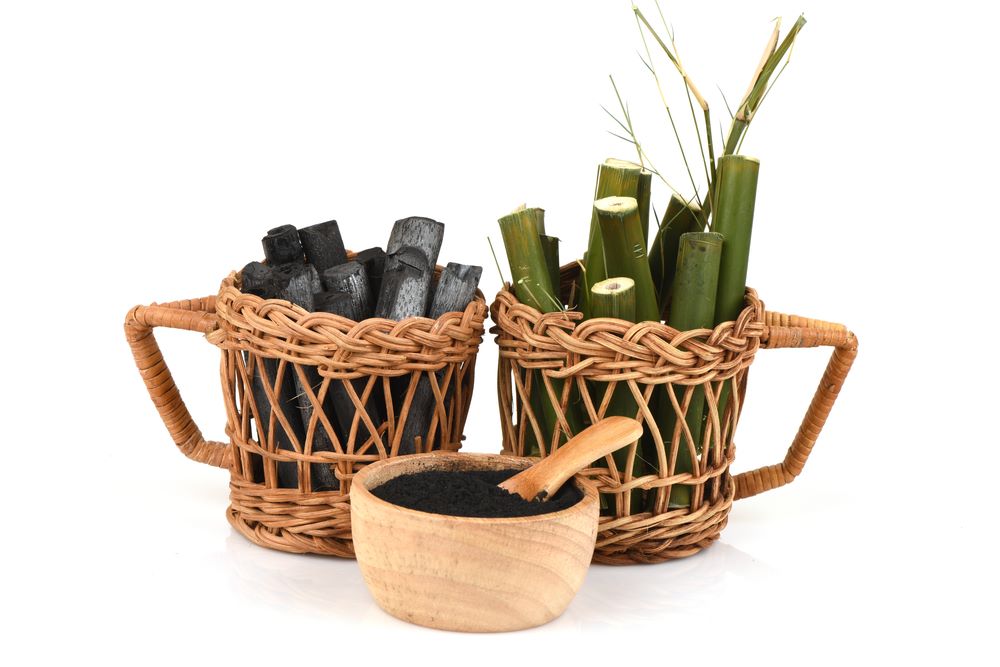
Bamboo Charcoal Powder
For so many years, bamboo charcoal has been used as a deodorizer. This moss bamboo product is popular with homeowners in Asia where it’s widely used to absorb odor and contaminants from rooms like the garage, kitchen, washrooms, and bedrooms.
We bring to you Nano Bamboo Charcoal Powder, a bamboo charcoal product that will not only deodorize your home but can also be used as a cosmetic product, a disinfector, among other applications.
Nano Bamboo Charcoal Powder is manufactured from Moso bamboo timber through a process called pyrolysis. During the manufacturing, Moso stems are heated at1000° to produce a fine, odorless black powder with a slightly smoky taste. Activated bamboo charcoal is capable of absorbing chemicals, binding toxins, and essential nutrients like vitamins. This is due to its negative charge that has a capability of binding positively charged ions from chemicals.
Vegetable Carbon
For so many years, bamboo charcoal has been used as a deodorizer. This moss bamboo product is popular with homeowners in Asia where it’s widely used to absorb odor and contaminants from rooms like the garage, kitchen, washrooms, and bedrooms.
We bring to you Nano Bamboo Charcoal Powder, a bamboo charcoal product that will not only deodorize your home but can also be used as a cosmetic product, a disinfector, among other applications.
Nano Bamboo Charcoal Powder is manufactured from Moso bamboo timber through a process called pyrolysis. During the manufacturing, Moso stems are heated at1000° to produce a fine, odorless black powder with a slightly smoky taste. Activated bamboo charcoal is capable of absorbing chemicals, binding toxins, and essential nutrients like vitamins. This is due to its negative charge that has a capability of binding positively charged ions from chemicals.
